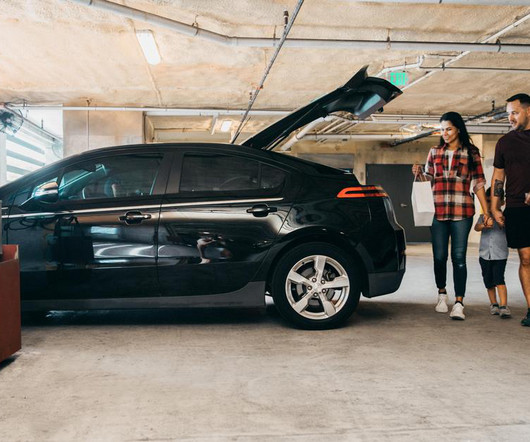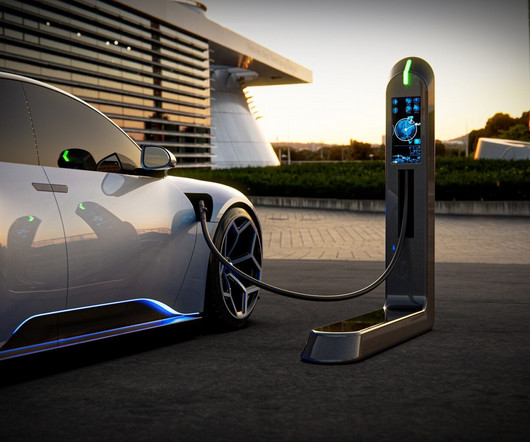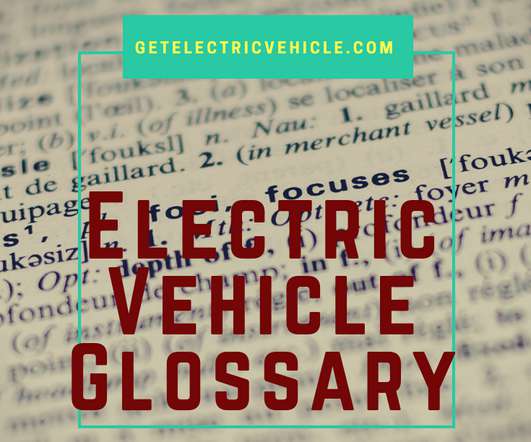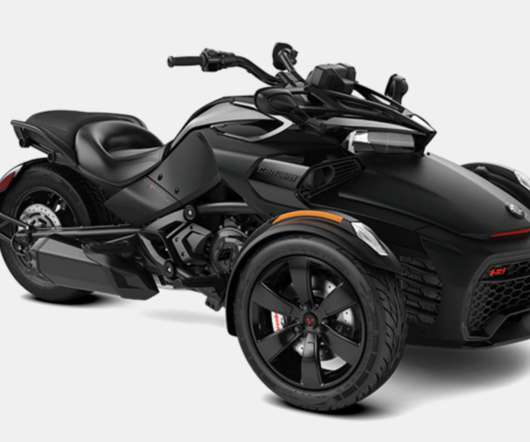EPA proposes stringent new emissions standards for light-, medium-, heavy-duty vehicles for MY 2027 and beyond
Green Car Congress
APRIL 13, 2023
In this proposed rule, heavy-duty Class 2b and 3 vehicles are referred to as "medium-duty vehicles" (MDVs) to distinguish them from Class 4 and higher vehicles that remain under the heavy-duty program. Future gasoline fuel property standards. The proposed standards are also projected to accelerate the transition to electric vehicles.

























Let's personalize your content